Herb Gardening |
 For centuries gardeners have grown herbs for a variety of reasons. Herbs can be used to make teas, flavor cooked foods -- such as meats, sauces, and soups -- or add flavor to butters, dips and mustards. Herbs are also grown for their wonderful fragrances and used in potpourris, sachets or to scent candles, oils and perfumes. Even today, many herbs are used in modern drugs and new medicinal benefits are being discovered in plants quite regularly. There is a whole host of reasons to grow herbs! Over the centuries, many herbs were thought to have magical properties and their wide spread use dates back to ancient civilizations. Even in the history of the United States, herbs played an important role. Settlers brought herbs to America, and as the population of the country grew, herbs from many different nations were grown. Early herb gardens were essential as they were the major source for food seasoning. The need for home-grown herbs declined as stores became more accessible, but today herb gardening is making a popular comeback, and many gardeners are rediscovering the rewards of growing their own herbs. Botanically defined, an herb is simply a plant that does not produce a woody stem (like a tree), and it will live long enough to develop flowers and seeds. Herbs can also be defined as any plant that is used whole, or in part as an ingredient for health, flavor, or fragrance. Herbs usually are classified into the following categories for use: culinary, aromatic, ornamental, and medicinal. A single herb can be in more than one category. 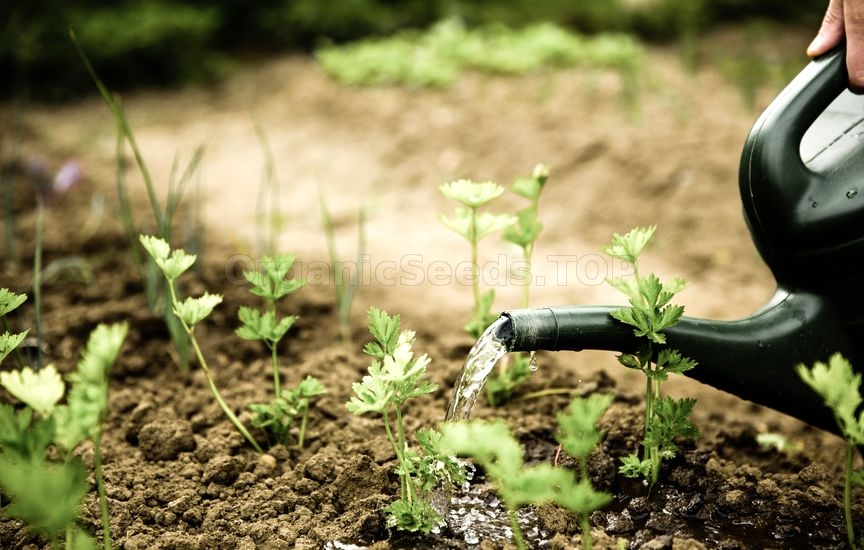 Culinary herbs are, by far, the most useful to gardeners, and they have a wide range of uses in cooking. Culinary herbs include: sage, chives, thyme, savory, basil, and there are many more. Aromatic herbs have pleasant smelling flowers or foliage and are often dried, as they will retain their scent. Herbs in this classification include: mint, marjoram, lovage and rosemary. Ornamental herbs offer lovely flowers and foliage that are attractive in the garden. Ornamental herbs would include: thyme, lavender and chives. Medicinal herbs are not as common to grow, as there is considerable knowledge and care in consuming herbs for healing. Examples of common medicinal herbs would include: St. John’s Wort, Echinacea, and Valerian. An herb garden can be a part of the vegetable garden, or it can be separate and close to the kitchen where the herbs can easily be harvested and used in cooking. Many herbs are so lovely and long-blooming that they are great additions to any landscape. When planning an herb garden, here are a few tips and suggestions. LocationSelect a good site for the garden; herbs will not grow in wet soil, so select a site that drains well. If the garden area drains poorly, consider raised beds and amending the soil with compost or peat moss to help lighten it. The site also needs good sun exposure; a minimum of 6 hours of sunlight each day is needed.
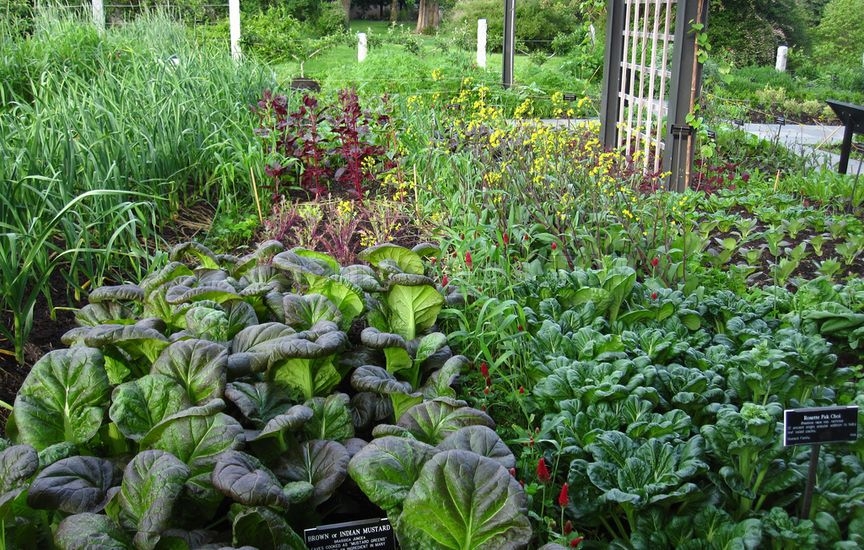 SizeDetermine the size of the garden; a typical kitchen herb garden can be 20 feet x 4 feet, but the size is up to the individual gardener and how much time he or she wants to invest. Herb gardening can also be done in several containers.
SoilHerbs do not need very fertile soil. In general, high soil fertility will often produce lots of foliage but, it may be poor in flavor. Adding compost annually to the herb garden usually is enough to keep the fertility adequate.
Herb Selections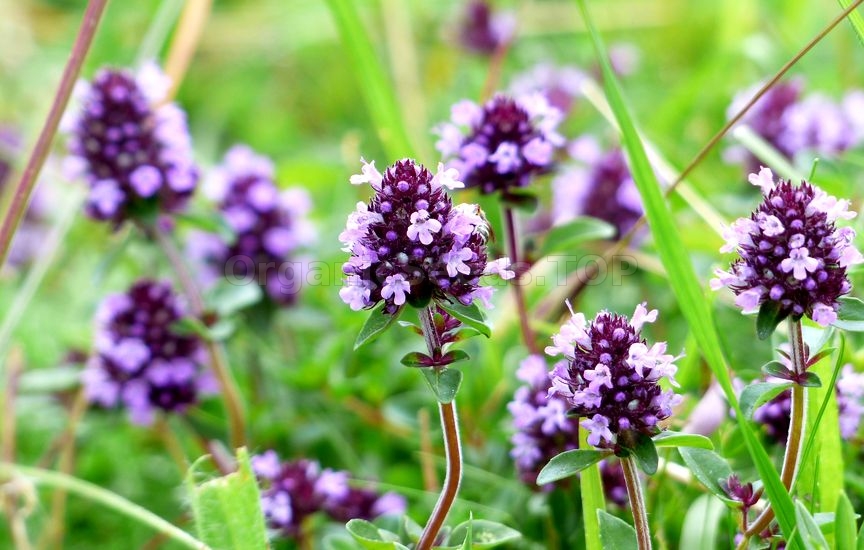 Decide which herbs to grow. There are such a large number of herbs that it can be difficult to decide what to plant. Here are a few suggestions:
Know the Herbs
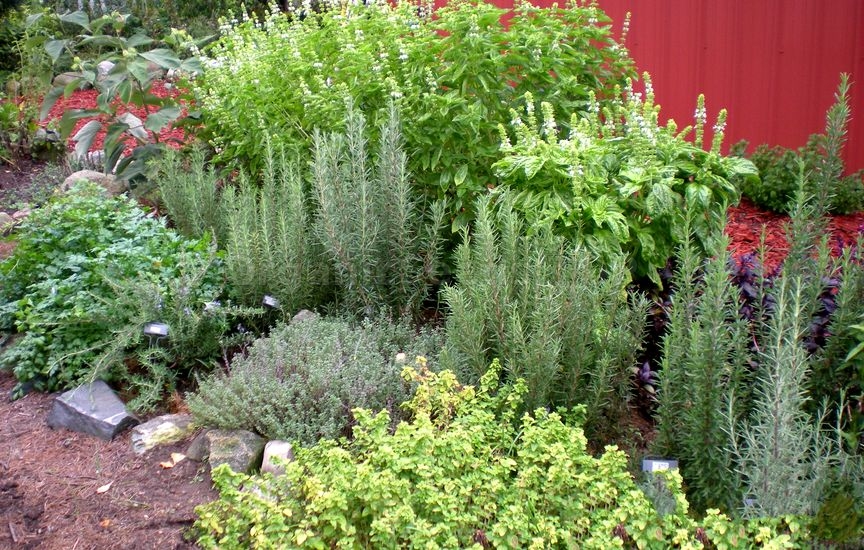 Keep RecordsDraw a diagram of the garden and label the plants. It is also helpful to keep a journal for herb gardening; record the types of herbs grown, when harvested, the age of the plants, etc. Herb plants often produce their best for several years and then need to be replaced. Record keeping is helpful.
Maintenance
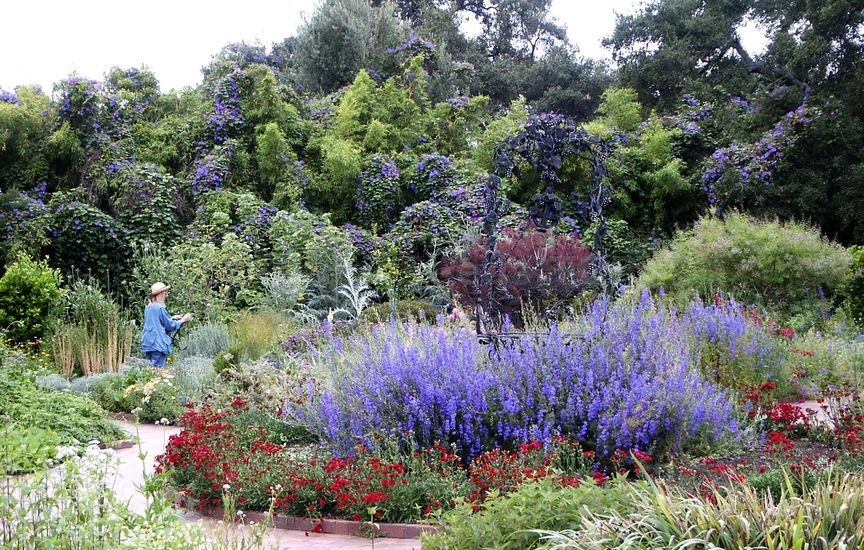 ChallengesSome herbs, such as mints, are known to spread. Contain these plants by sinking a bucket (with holes punched into the bottom for draining) into the ground and growing the plant inside the bucket. The plant will grow well, and it will be productive and will be contained for several years. Annuals that easily seed, such as garlic chives, can simply be deadheaded to prevent rampant re-seeding.
PropagationNearly all herbs can be grown from seed. Sow herb seeds indoors in late winter, and transplant herb seedlings outdoors in the spring. Some herbs such as anise, coriander, dill and fennel do not transplant well, so plant them directly in the garden. Herbs can also be propagated by cutting and division.
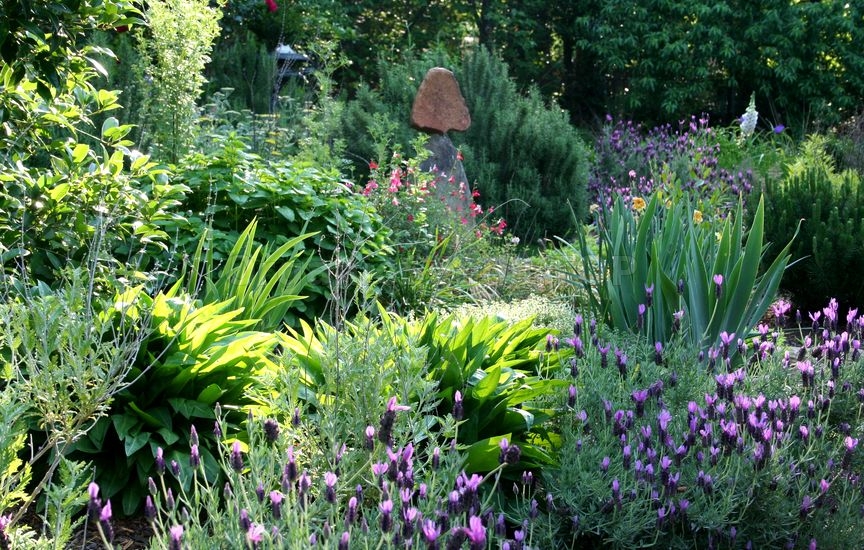 HarvestHarvest and dry herbs when they have the best flavor, which is usually just before flowering. Cut the herbs early in the morning, wash them lightly in cold running water, and drain on toweling. There are several methods for drying and freezing that can be used for preserving. Herb gardening is very rewarding, and herbs as a group are relatively easy to grow. Growing a diverse group of herbs can be extremely attractive. They can provide color, fragrance, and interest throughout the season, and as an added bonus, they can help keep pest problems to a minimum. Herb plants are very attractive to beneficial insects, and having a healthy population of the beneficials is good for the entire landscape. 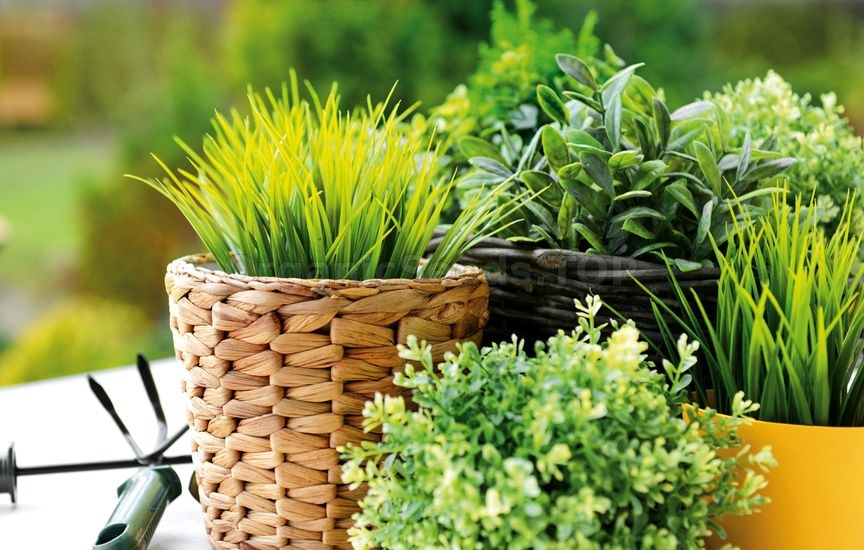 |
|
|
